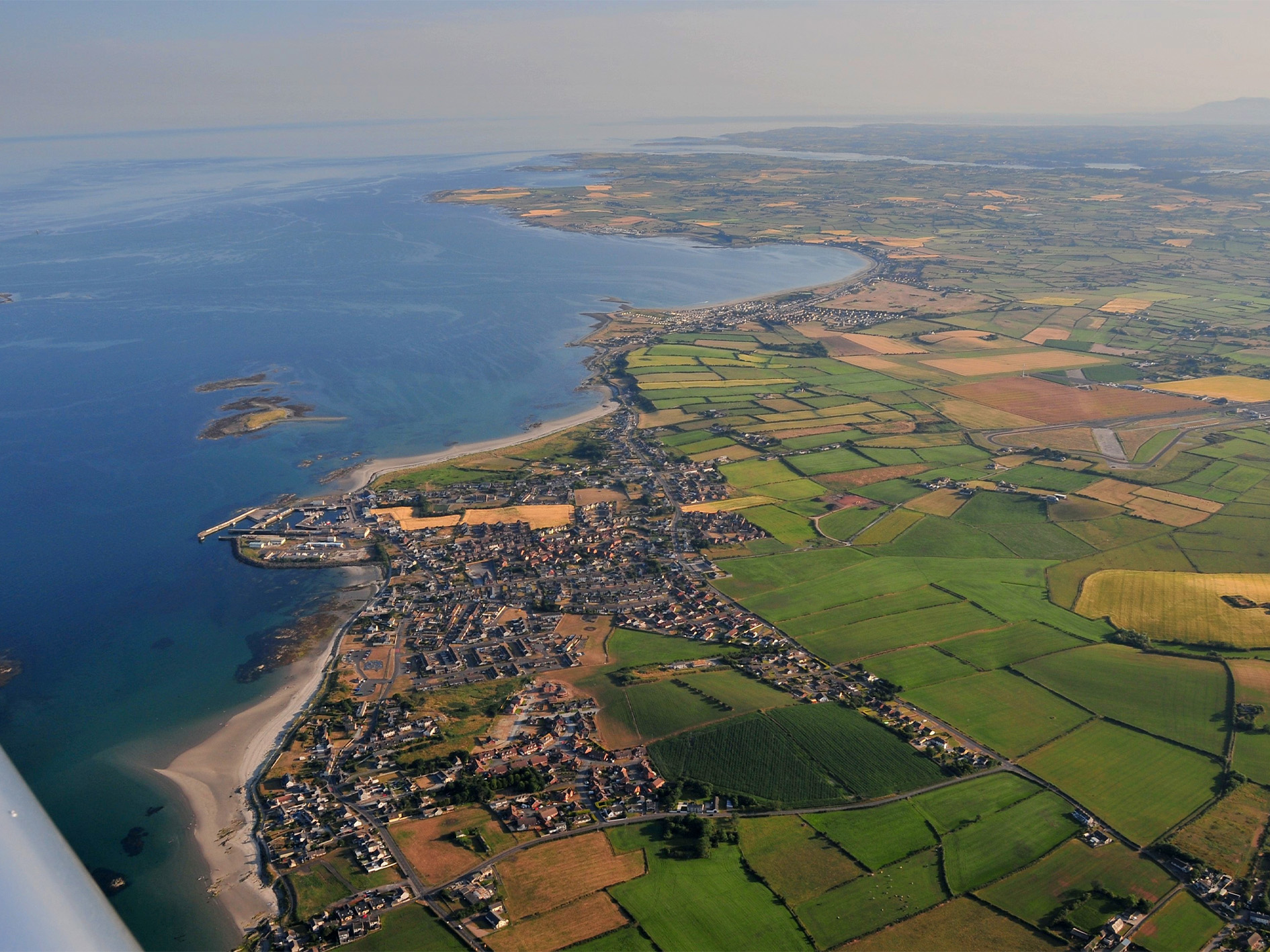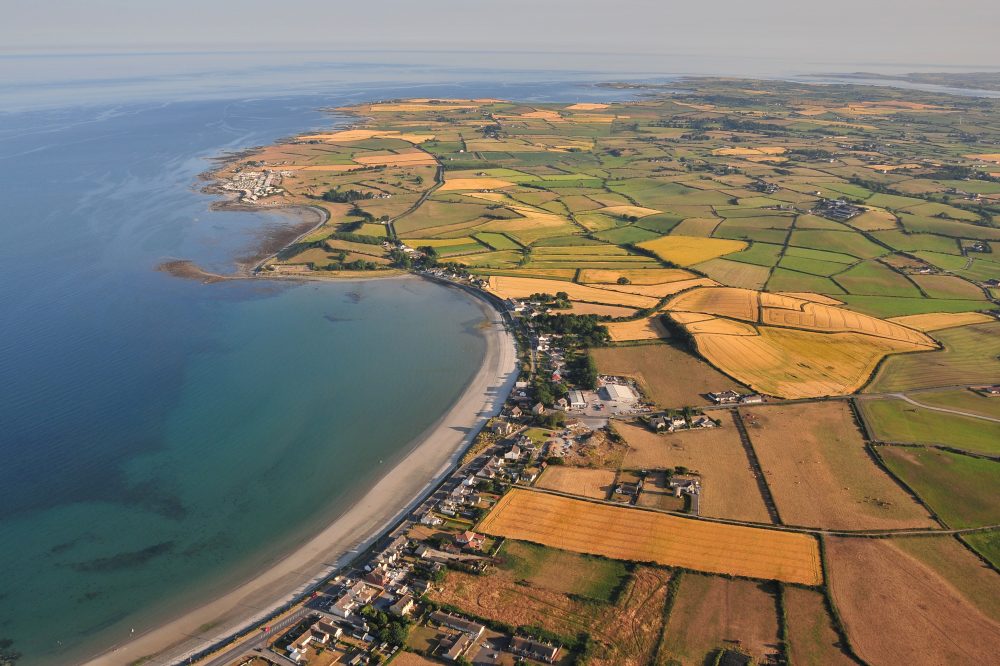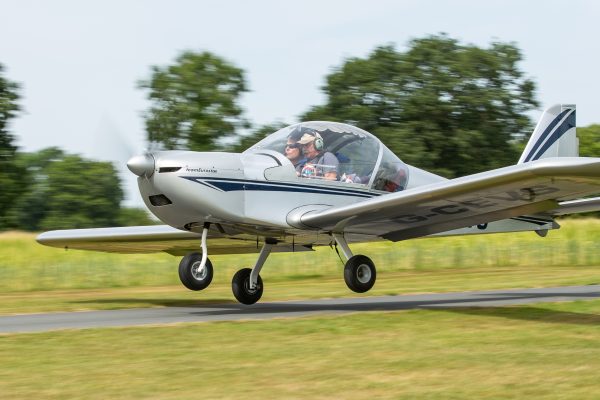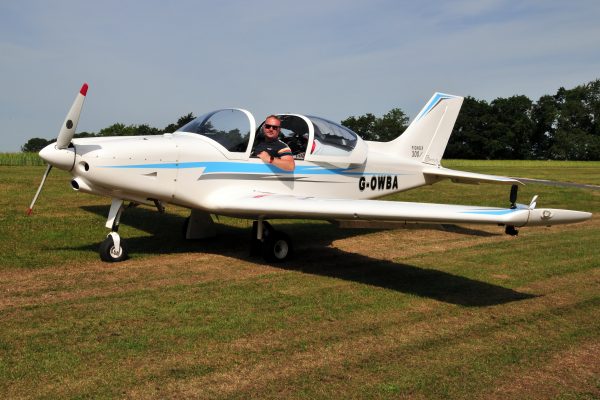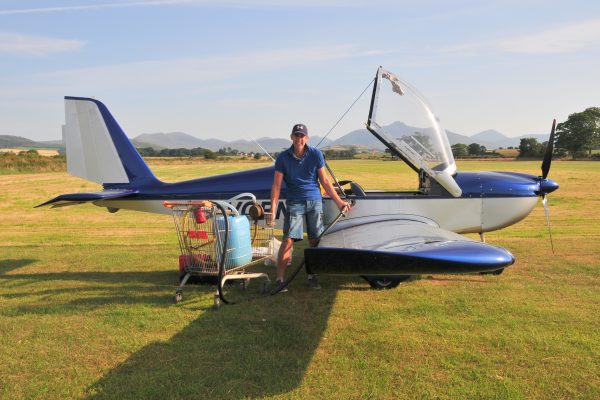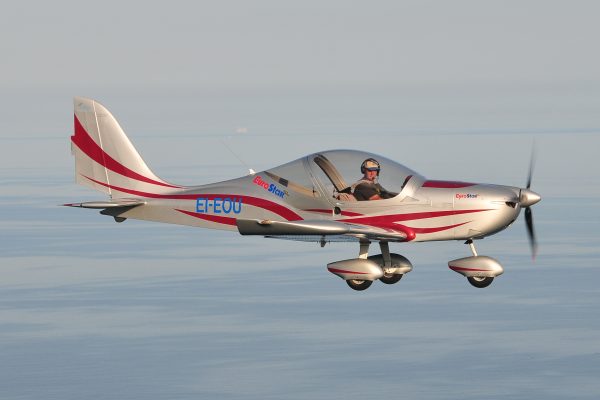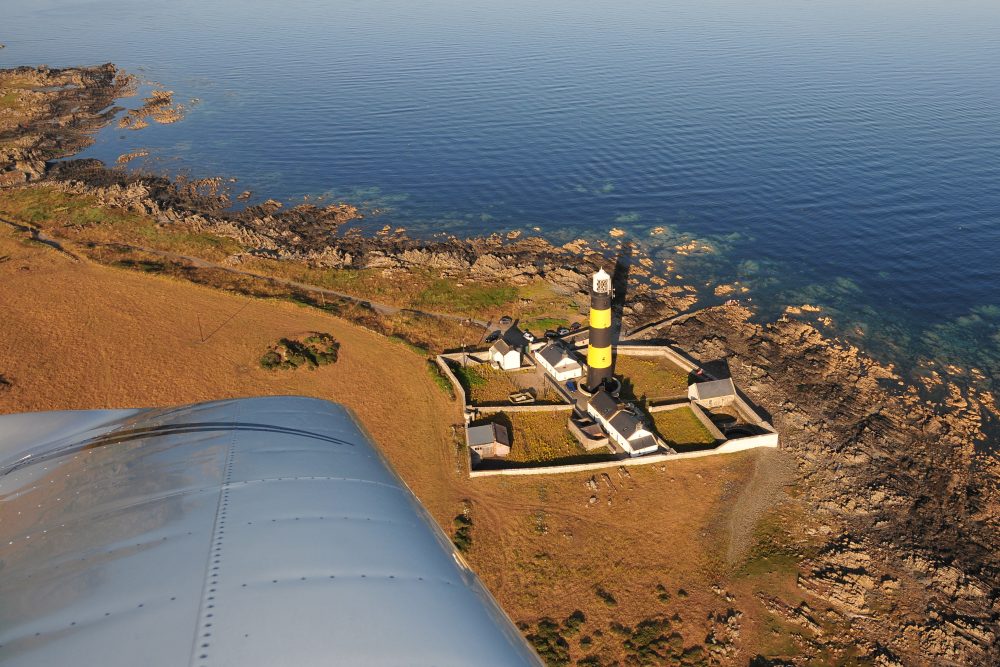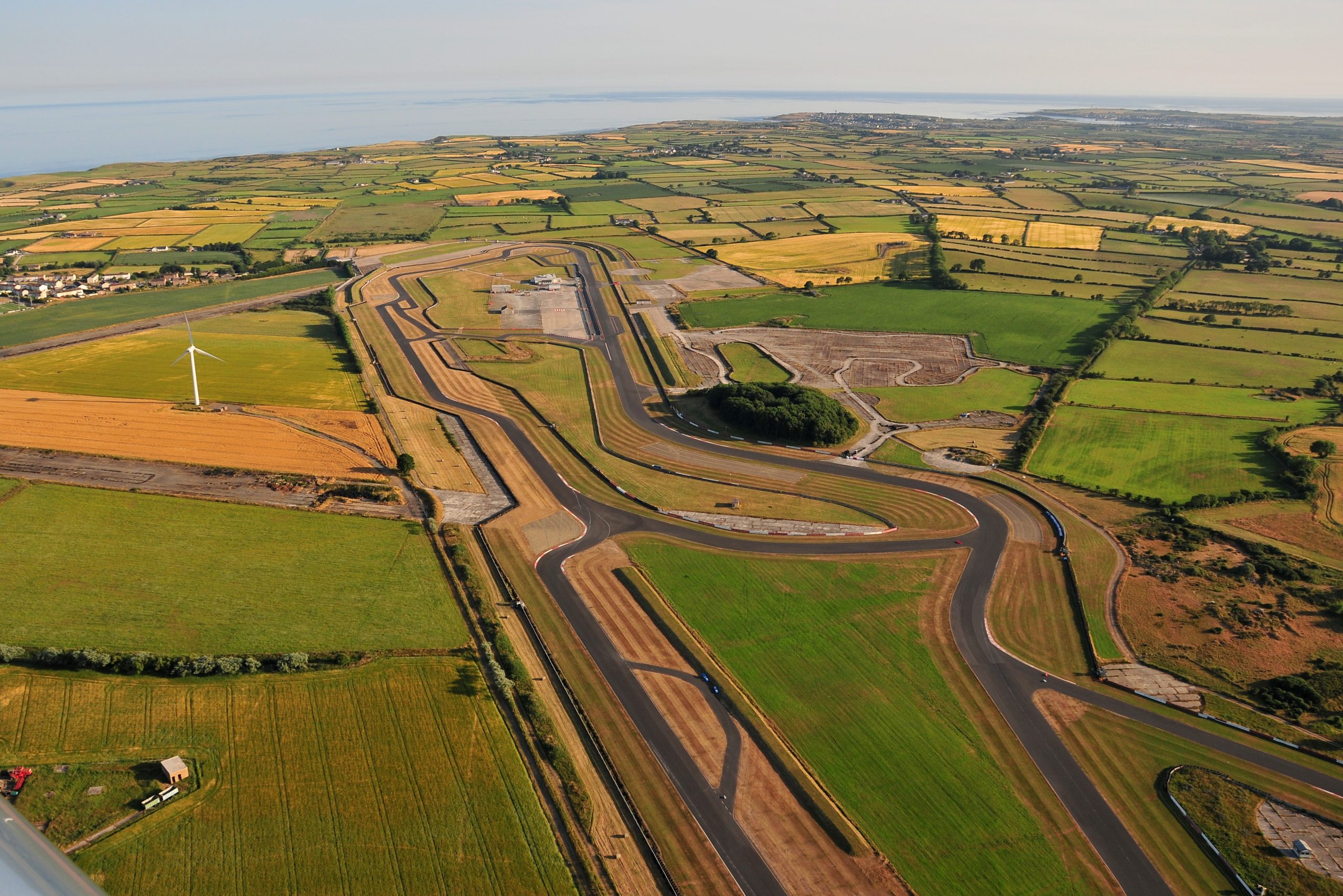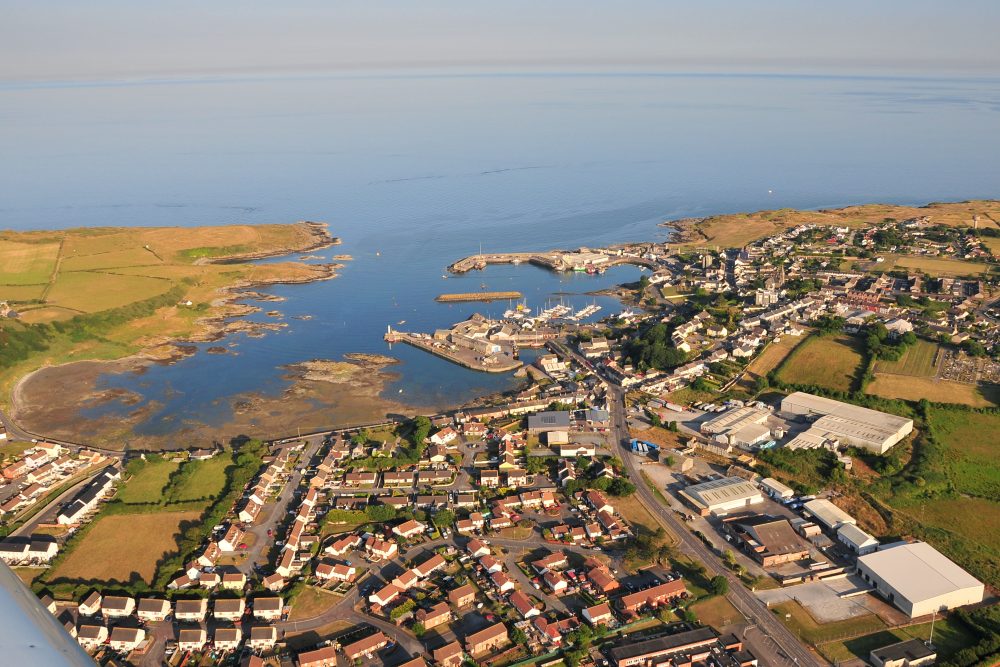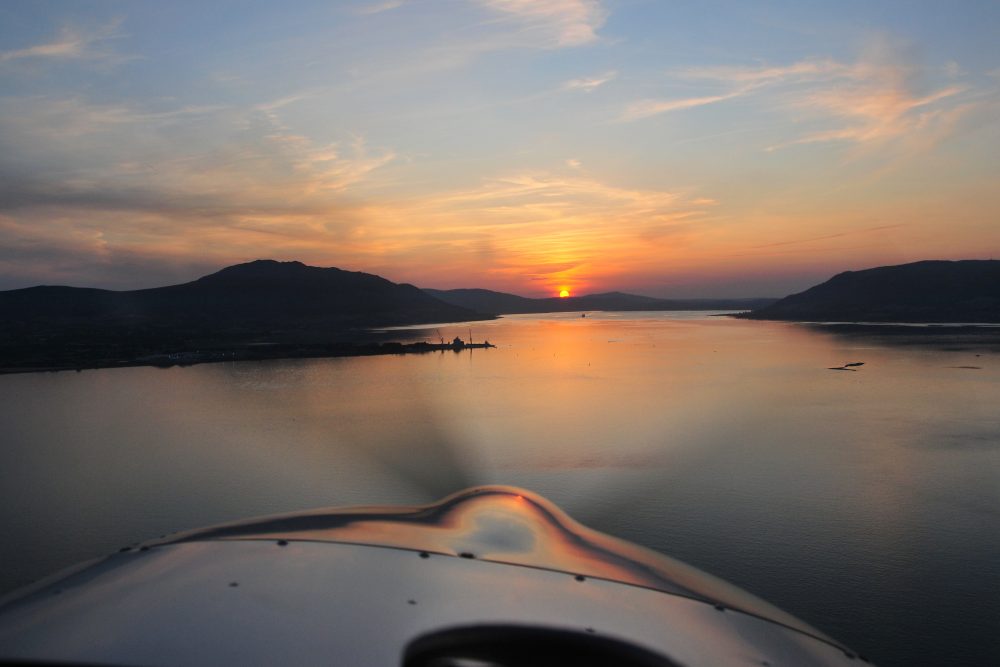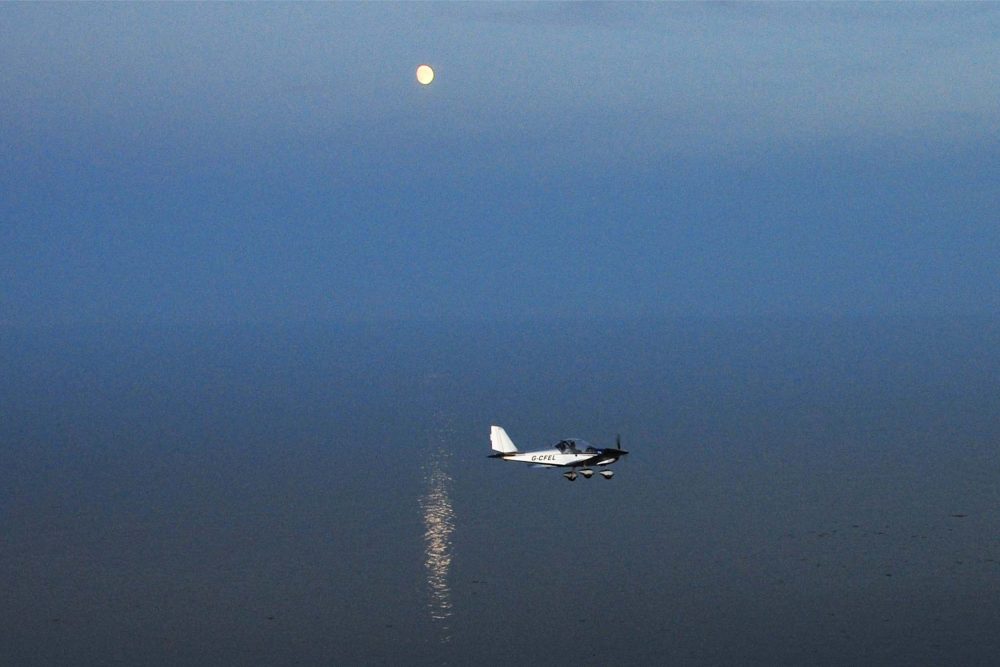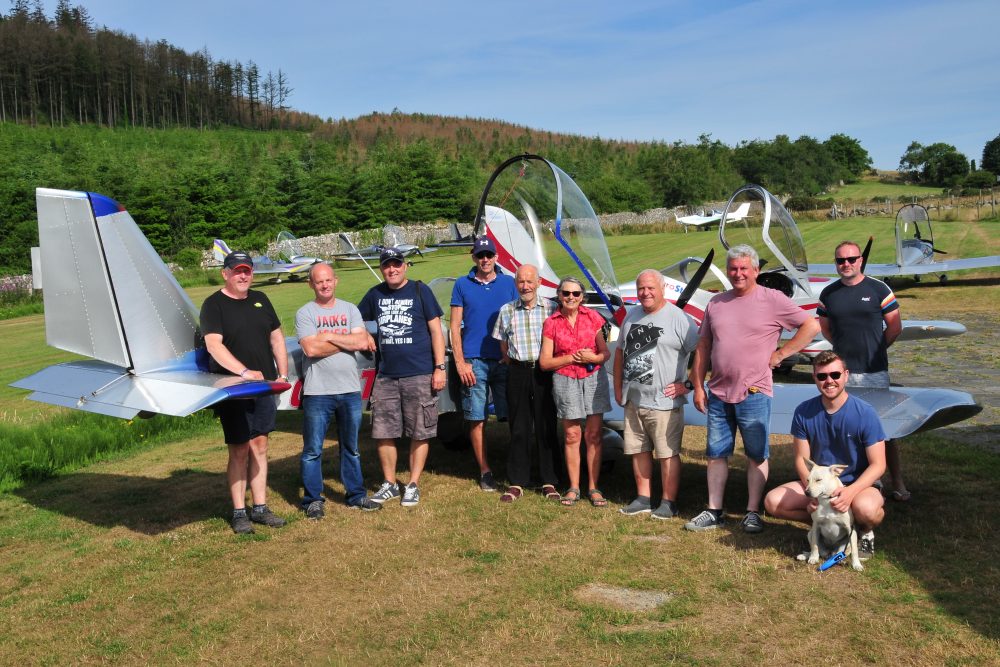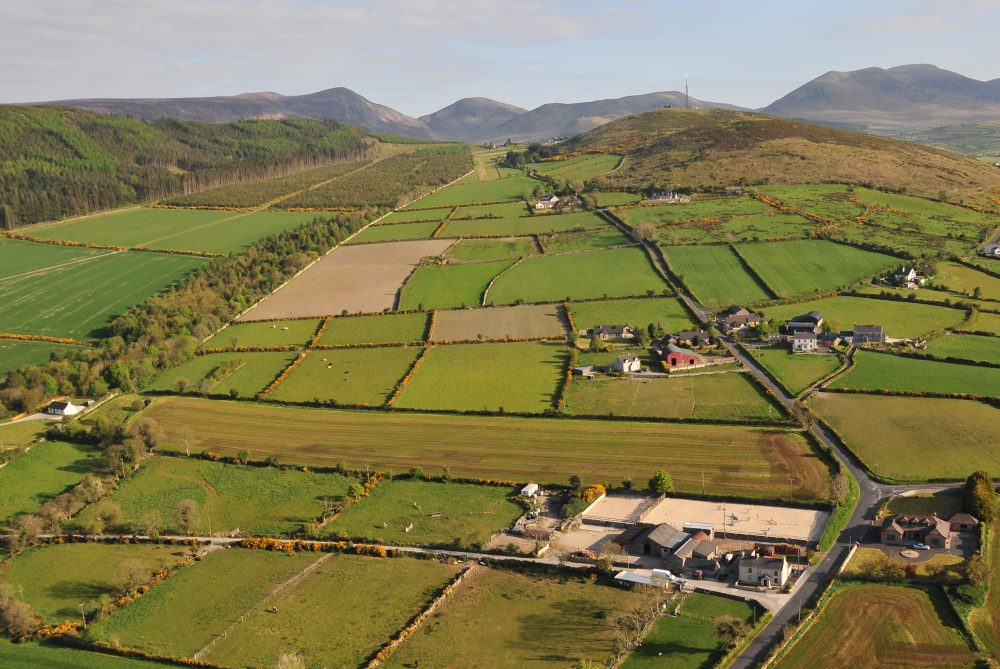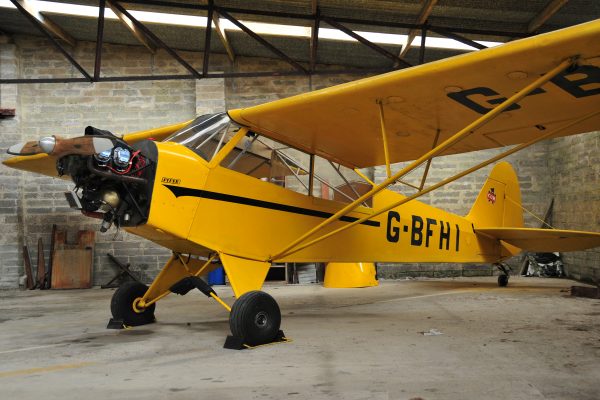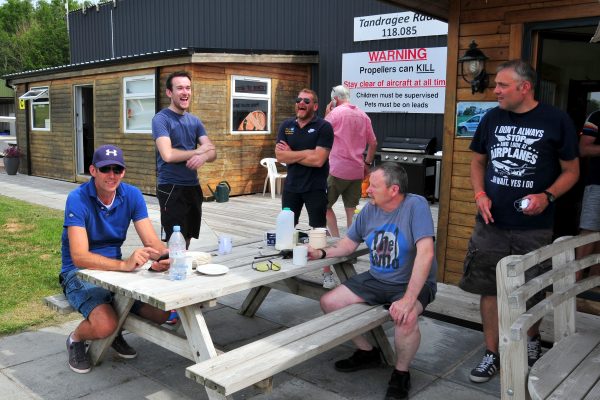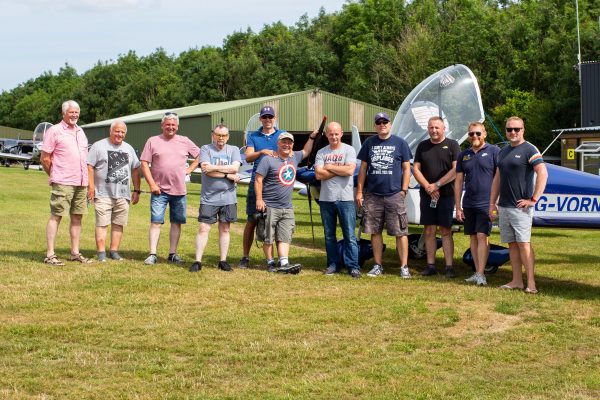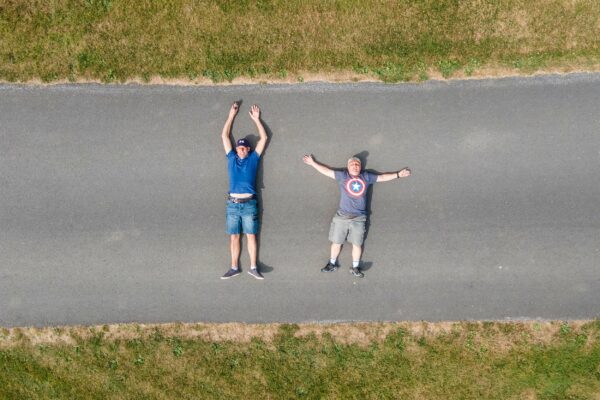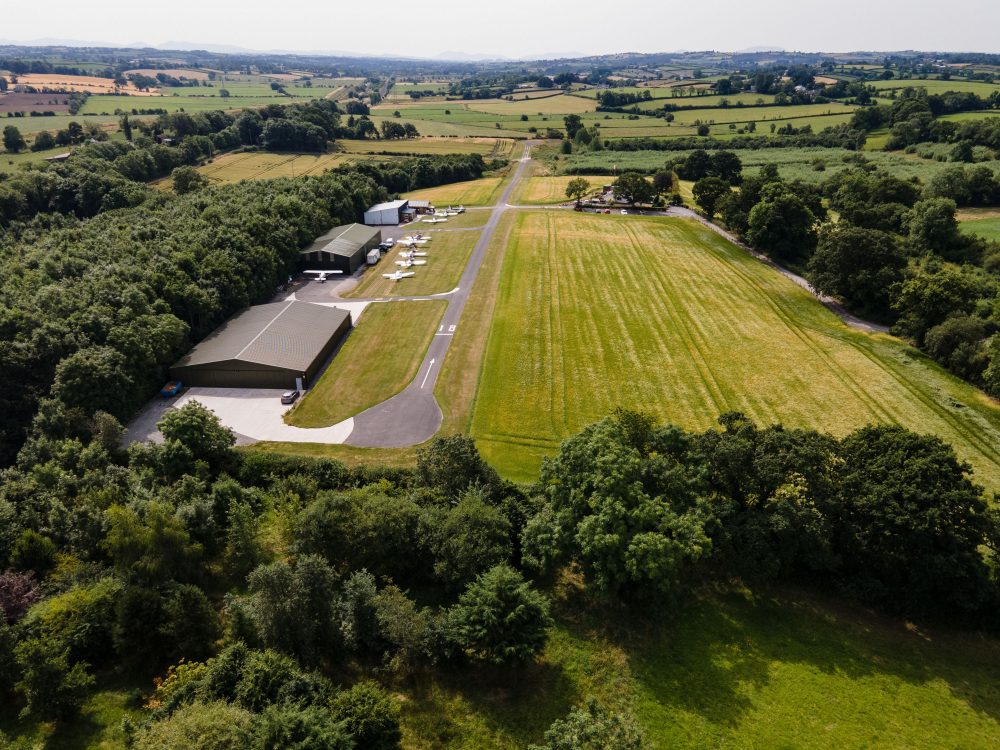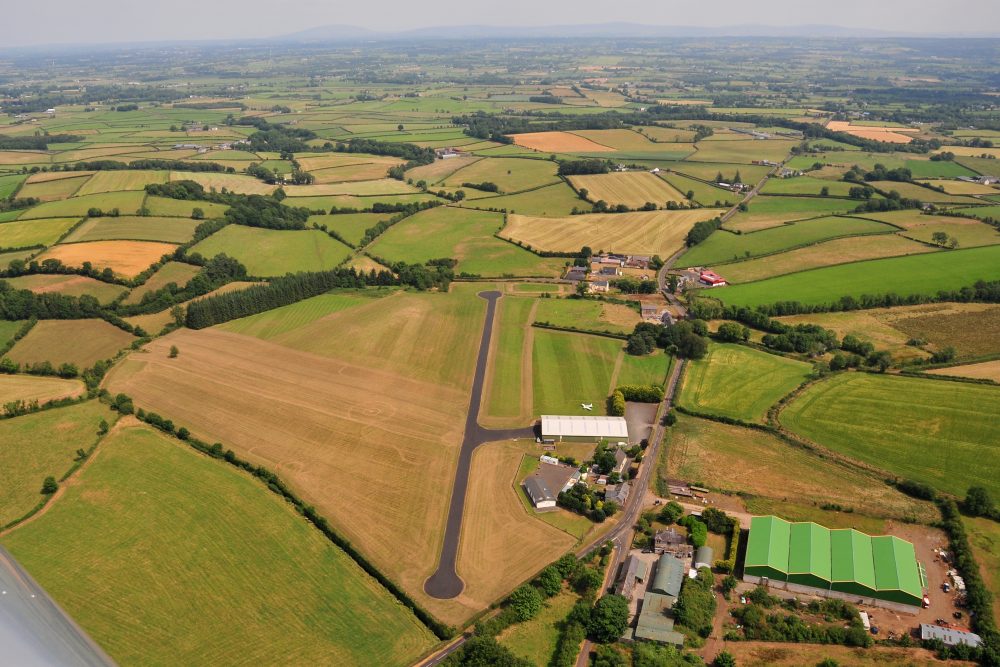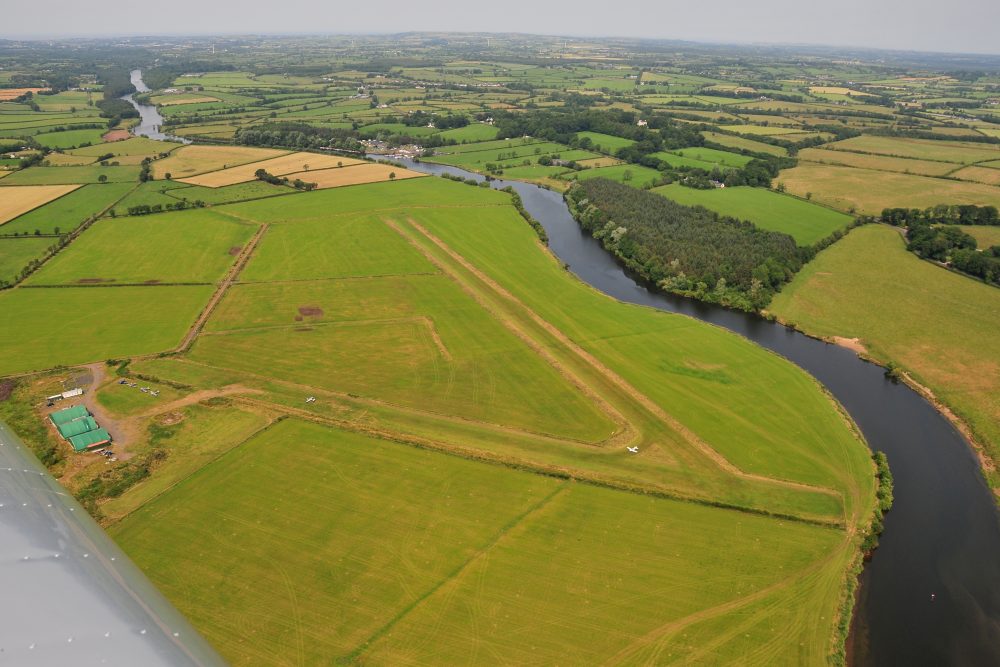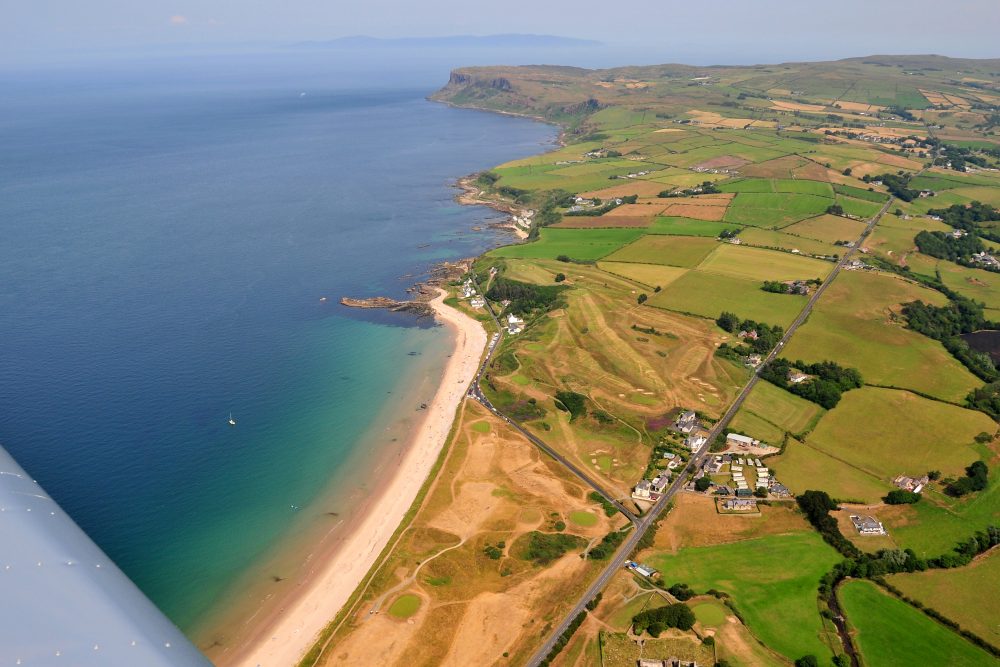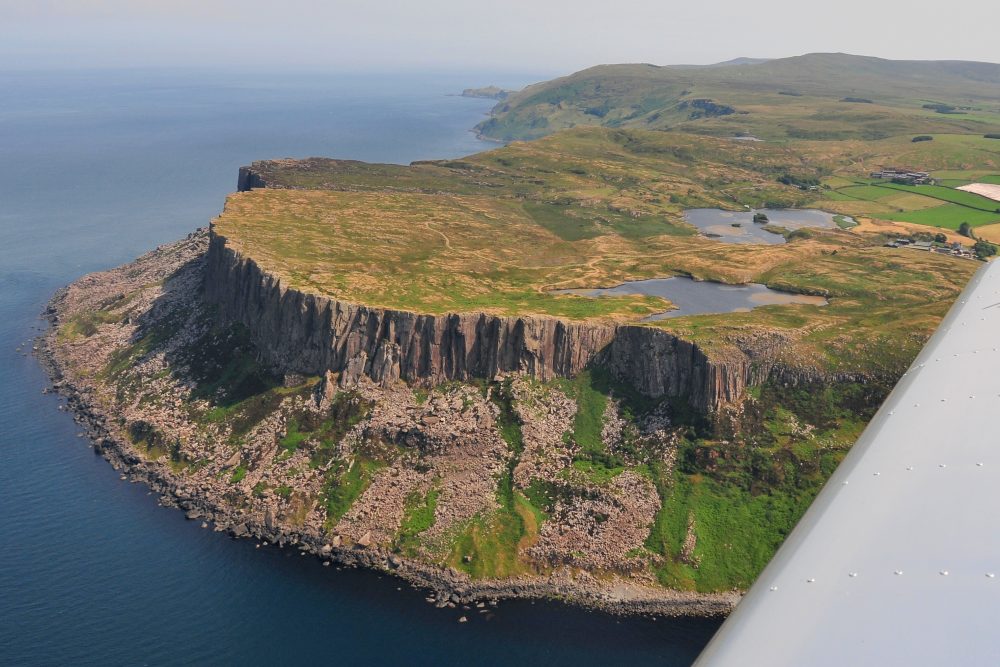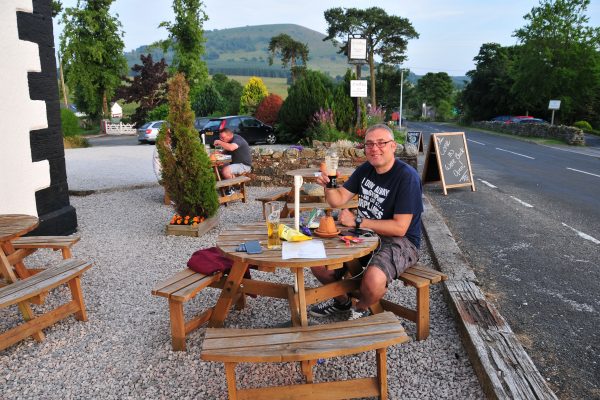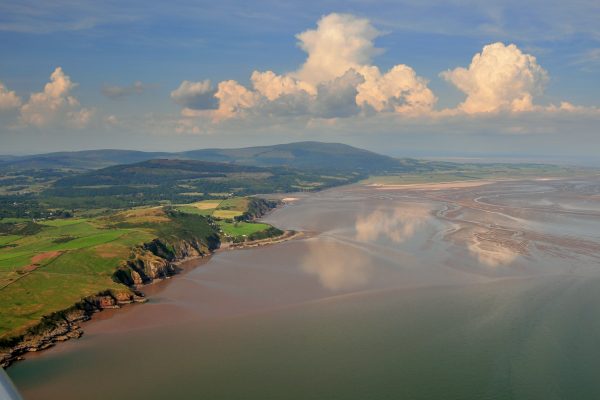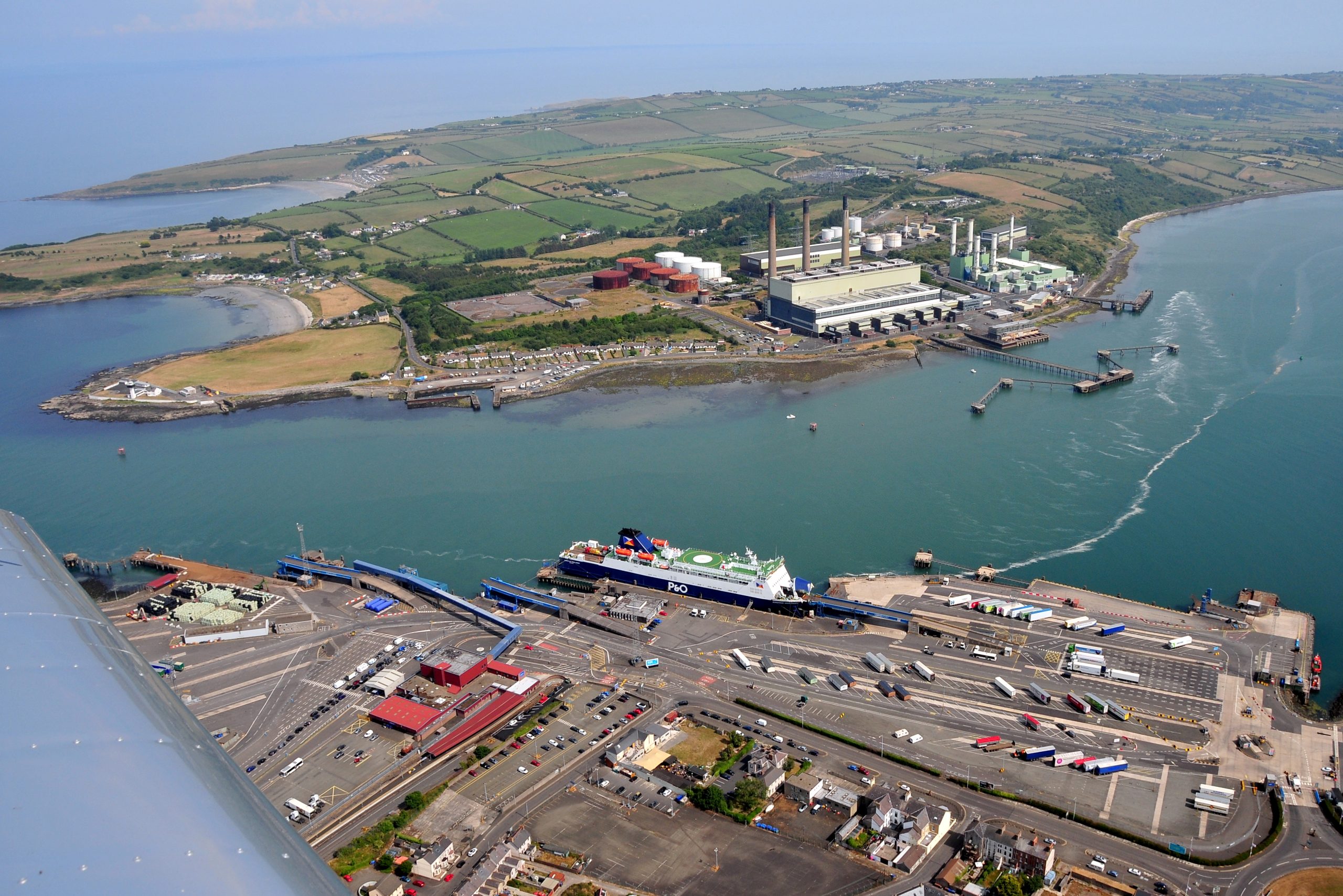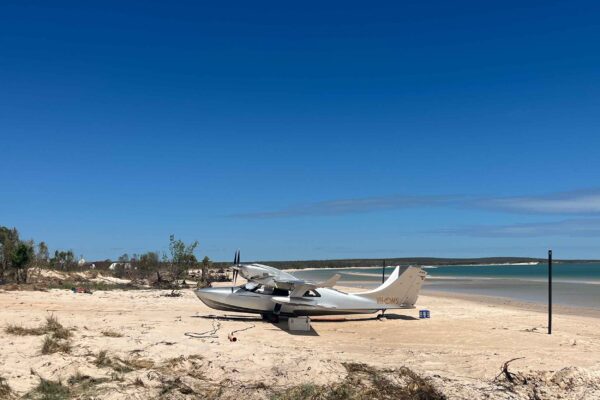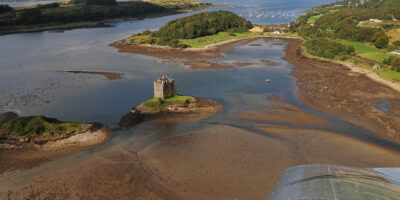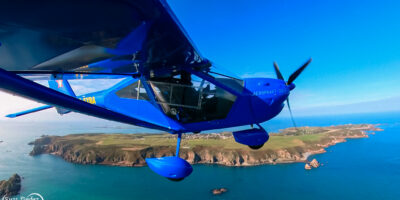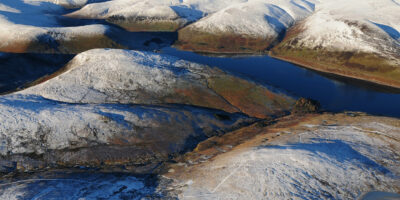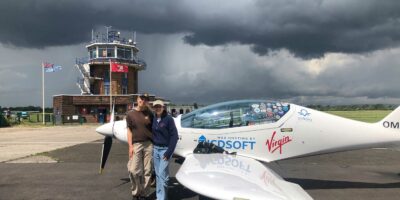Ben was clearly getting bored of flying the Pioneer alongside us at 86kt/100mph (Ben quotes 4,300rpm, 21inch MAP giving 9L/hr fuel burn) and accelerated away at 130kt/150mph (4,800rpm, 25inch MAP, 16L/hr). Impressive, but we were happy flying alongside Jon at sensible Eurostar speeds, enjoying the wonderful scenery and, besides, no one likes a show-off!
We passed over the Strangford Narrows, a small channel that connects Strangford Lough to the Irish Sea and orbited the little Angus Rock Lighthouse which marks rocks in the middle of this notoriously tricky sailing passage with its strong tidal flow. Just south of the Narrows is the former RAF Bishops Court, a WWII flying training airfield that became a radar station as part of the Cold War UK Air Defence system. The RAF departed in 1991 and today the airfield is home to the impressive two-mile Bishops Court racing circuit which hosts many superbike race meetings.
Passing numerous small, picturesque fishing ports, we observed Ben out to sea giving a spirited fly-by for a flotilla of prawn fishing boats which were heading out for the night. At the top of Dundrum Bay is St John’s Lighthouse which, at 130ft, is the highest onshore lighthouse in all of the island of Ireland. To aid navigators of old, it is painted in yellow and black bands and looks like a tribute to the humble bumble bee. Over at Breighton, Kate Howe’s Tipsy Nipper G-AWJE is painted in the same colours and it occurred to me that the lighthouse would be a wonderful backdrop for an air-to-air picture for the Nipper – I must remember to call Kate!


